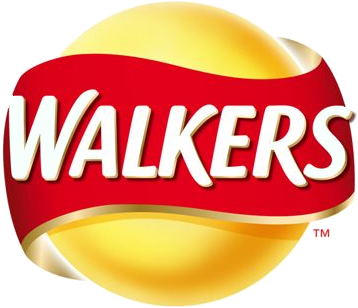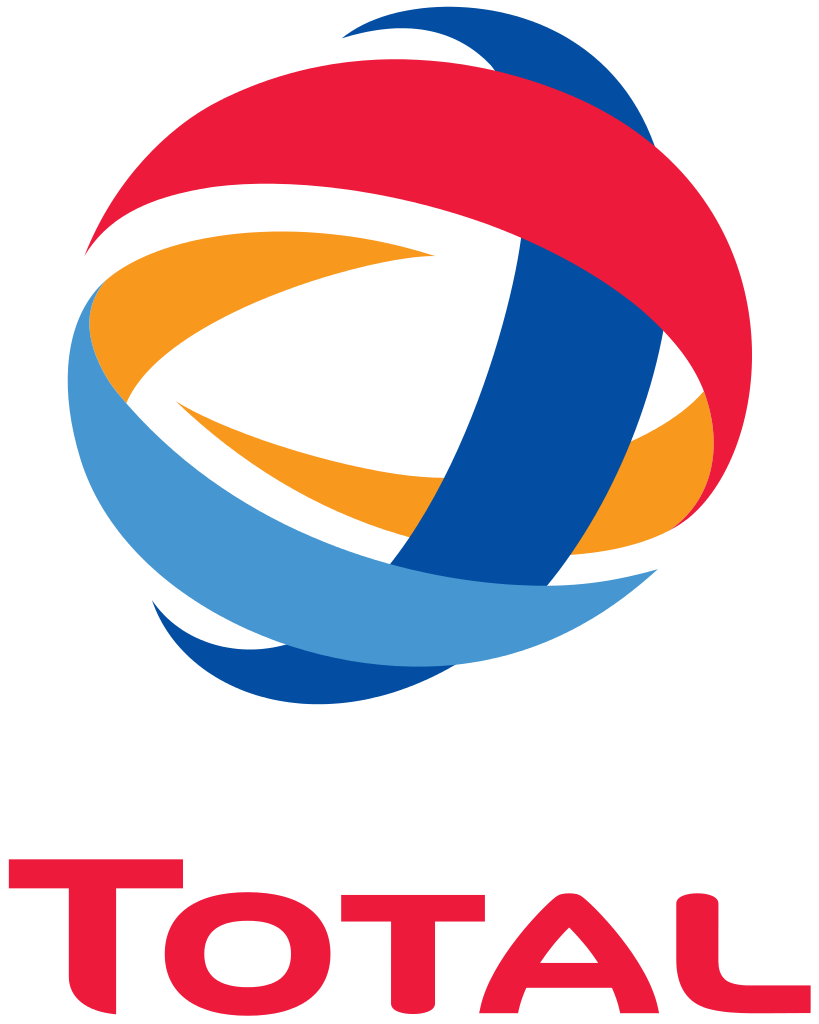When it comes to welding, safety should always be a top priority as the process of welding involves the release of harmful fumes and gases that can pose serious health risks to welders if not properly controlled. This is where a fume extraction system plays a crucial role.
A fume extraction system is designed to remove harmful fumes and particles from the air, providing a cleaner and safer work environment for welders. By capturing and filtering out fumes at the source, these systems help eliminate the risk of inhaling toxic substances, reducing the chances of respiratory problems and other long-term health issues.
Not only does a fume extraction system protect the health of welders, but it also improves overall productivity. By preventing fumes from spreading and causing discomfort or distraction, welders can focus on their work with better concentration, leading to better quality welds and increased efficiency.
Understanding the importance of a fume extraction system
Given the serious health risks associated with welding fumes, it is essential for welding operations to have an effective fume extraction system in place. These systems are designed to capture and remove harmful fumes and particles from the air, ensuring a safer and healthier working environment for welders and their colleagues.
By installing a fume extraction system, welders can significantly reduce their exposure to hazardous substances, minimising the risk of respiratory problems, neurological disorders, and other long-term health issues. This not only protects the well-being of the workers but also helps to ensure compliance with industry regulations and standards, which are in place to safeguard the health and safety of welders and their co-workers.
Moreover, a well-functioning fume extraction system can also improve the overall productivity and efficiency of a welding operation. By maintaining a clean and well-ventilated work environment, welders can focus on their tasks without the distraction or discomfort caused by the presence of harmful fumes. This can lead to higher-quality welds, reduced rework, and increased output, ultimately contributing to the success of the business.
Key components of a fume extraction system
A comprehensive fume extraction system typically consists of several key components that work together to effectively capture and remove welding fumes from the work environment. These components include:
Capture Devices: These are the primary components responsible for collecting the welding fumes at the source. They can take the form of hoods, nozzles, or extraction arms, and are positioned strategically around the welding area to ensure maximum coverage and efficiency.
Ductwork: The ductwork is the network of pipes and channels that transport the captured fumes from the capture devices to the filtration and exhaust system. The design and layout of the ductwork are crucial to ensuring optimal airflow and minimising the risk of fume buildup.
Filtration System: The filtration system is the heart of the fume extraction system, responsible for removing harmful particles and contaminants from the air. This typically includes a series of filters, such as pre-filters, main filters, and HEPA (High-Efficiency Particulate Air) filters, which work together to capture even the smallest and most hazardous particles.
Exhaust Fan: The exhaust fan is responsible for generating the necessary airflow to draw the welding fumes through the capture devices, ductwork, and filtration system. The size and power of the exhaust fan must be carefully selected to ensure sufficient airflow and pressure to effectively remove the fumes.
Control System: The control system is the brain of the fume extraction system, allowing users to monitor and adjust the system’s performance as needed. This can include features such as airflow monitoring, filter condition indicators, and automated control functions to optimise the system’s efficiency and effectiveness.
By understanding the key components of a fume extraction system, welding operations can ensure that they have a comprehensive and effective solution in place to protect the health and safety of their workers.
Industry regulations and standards for fume extraction
The importance of fume extraction systems in welding operations is underscored by the numerous industry regulations and standards that govern the control and management of welding fumes. These regulations and standards are in place to ensure the health and safety of workers, as well as to protect the environment from harmful emissions.
In the United States, for example, the primary regulatory body (OSHA) set specific limits on the concentration of various hazardous substances, including those found in welding fumes, that workers can be exposed to during their shift.
By adhering to these industry regulations and standards, welding operations can ensure that their fume extraction systems are not only effective in protecting worker health and safety but also compliant with the legal and regulatory requirements governing their industry. This not only helps to mitigate the risk of fines, legal action, or other consequences but also demonstrates a commitment to responsible and sustainable business practices.
The key to success lies in selecting the right fume extraction system for your specific welding operation, taking into account factors such as the welding processes used, the layout of your workspace, and the applicable regulatory requirements. By working with experienced professionals and prioritizing the proper installation and maintenance of the system, you can ensure that your fume extraction solution delivers maximum effectiveness and long-term value.
Summary
Ultimately, the decision to invest in a fume extraction system is not just about compliance or cost-savings – it is about demonstrating a genuine commitment to the well-being of your employees and the broader community. By prioritising worker safety and environmental responsibility, you can not only safeguard the future of your welding operation but also contribute to the creation of a more sustainable and prosperous industry as a whole.














